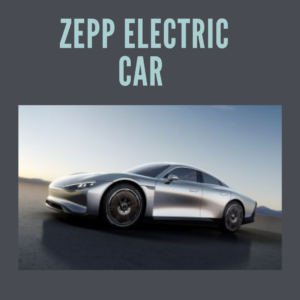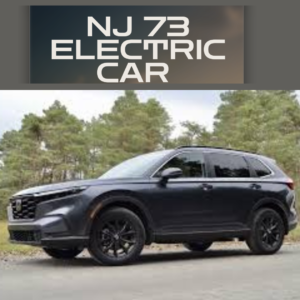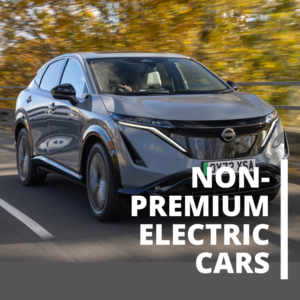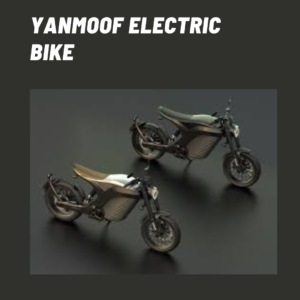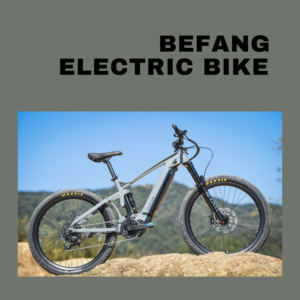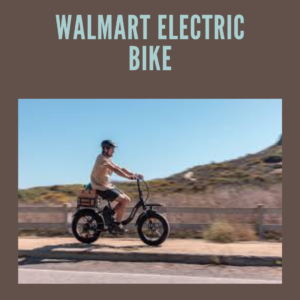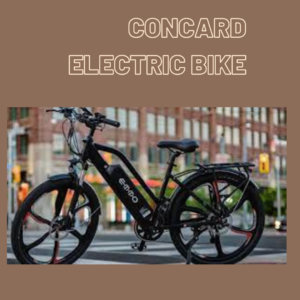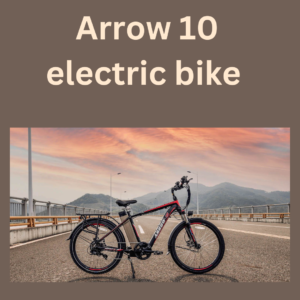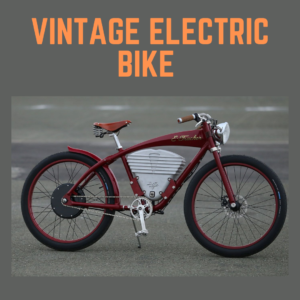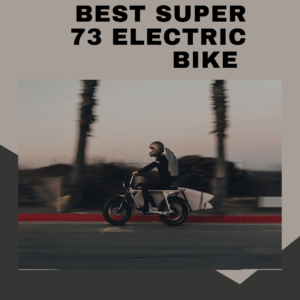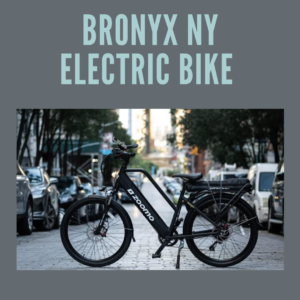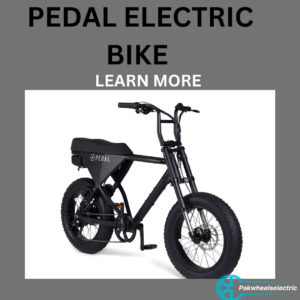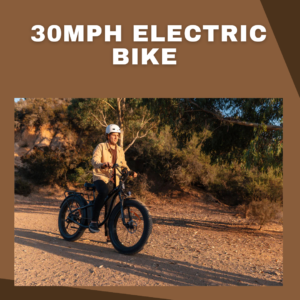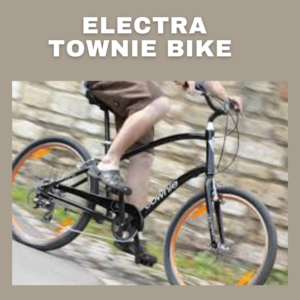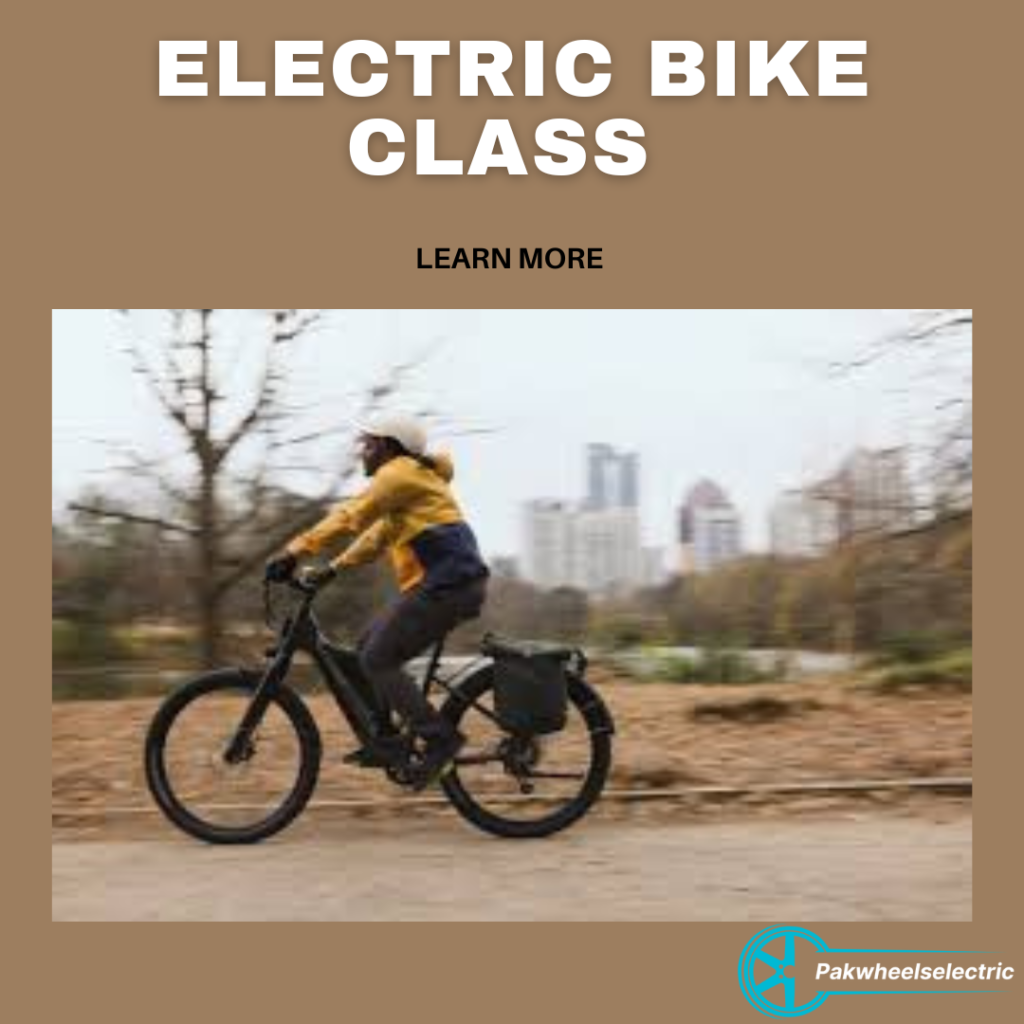
Introduction to Electric Bike Classes
Electric bikes are becoming more popular for commuting, fitness, and recreation. But choosing the right e-bike goes beyond just speed and battery life; understanding electric bike classes can help ensure you pick a model that matches your needs and complies with local laws. This guide breaks down Class 1, 2, and 3 electric bikes, helping you make an informed decision.
What Are Electric Bike Classes and Why They Matter
Electric bike classes categorize e-bikes based on motor power, speed limits, and pedal assistance. These classes help standardize e-bikes for consumer safety and clarify the regulations they follow, especially for road use. Knowing the classes is crucial because it impacts where you can legally ride, how fast you can go, and what kind of biking experience you can expect.
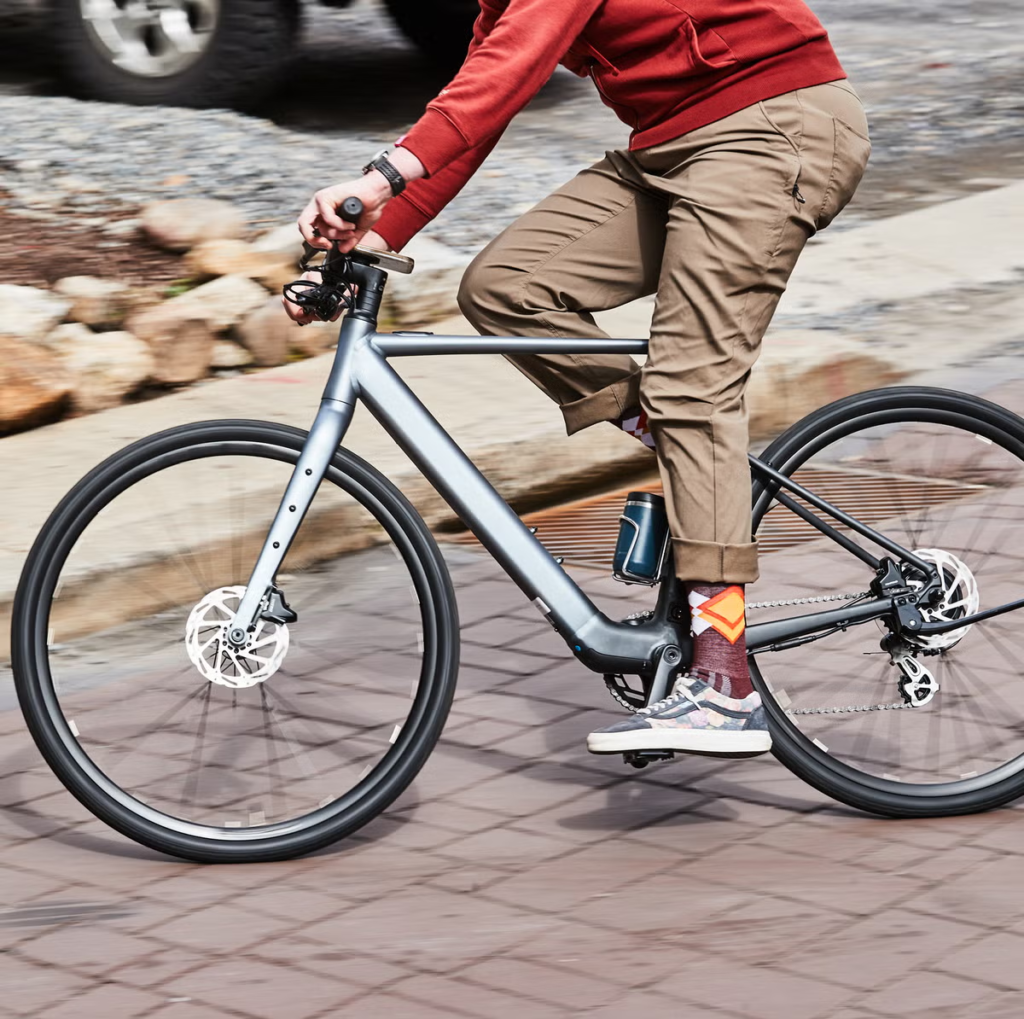
Class 1 Electric Bikes: Features and Benefits
Class 1 e-bikes have a pedal-assist feature that provides motorized assistance up to 20 mph. They are often allowed on bike paths and trails, making them suitable for urban commuting and recreational rides.
- Top Speed: 20 mph
- Motor Engagement: Pedal-assist only (no throttle)
- Best for: City commutes, bike trails, and beginners
Class 2 Electric Bikes: Features and Use Cases
Class 2 e-bikes are equipped with a throttle and can also reach speeds of up to 20 mph. These are versatile because they can function as a regular bike with pedal assist or be powered solely by the throttle.
- Top Speed: 20 mph
- Motor Engagement: Pedal-assist and throttle
- Best for: Riders who want throttle control for flexibility and ease
Class 3 Electric Bikes: High-Speed Benefits and Limitations
Class 3 e-bikes, or “speed pedelecs,” can reach speeds up to 28 mph with pedal assistance but do not have a throttle. They are excellent for long commutes and higher-speed travel.
- Top Speed: 28 mph
- Motor Engagement: Pedal-assist only
- Best for: Experienced riders and fast commutes
Comparing Electric Bike Classes: Which One is Right for You?
Class selection depends on your specific riding needs. If you’re a casual rider, a Class 1 or 2 bike may suffice. For faster, longer commutes, Class 3 is ideal. Evaluate your preferences, as each class provides unique advantages.

Electric Bike Classes and Legal Regulations
Regulations vary by location, so it’s crucial to know the rules in your area. Generally, Class 1 and 2 bikes have fewer restrictions and are allowed on bike paths. Class 3 bikes, due to their speed, may be limited to roadways and specific paths.
Understanding the Speed Limits for Different Electric Bike Classes
Speed limits for e-bike classes are set to ensure safety for riders and pedestrians. Class 1 and 2 bikes cap at 20 mph, while Class 3 bikes can go up to 28 mph. These limits impact how and where each class is used, especially in urban environments.
Best Class 1, 2, and 3 Electric Bike Models in 2024
Finding a quality e-bike is essential. Here are top-rated models for each class in 2024:
- Class 1: Trek Verve+ 2, RadCity 5 Plus
- Class 2: RadRunner Plus, Aventon Pace 500
- Class 3: Specialized Turbo Vado, Cannondale Quick Neo
Electric Bike Classes for Urban Commuting vs. Off-Road Adventures
Urban commuters may prefer Class 1 or 3 bikes for road safety and manageable speeds. Off-road riders often choose Class 2 bikes, as the throttle feature allows for extra control on rougher terrain.
Safety Tips for Riding Different Classes of Electric Bikes
Safety should always come first. Some tips for safe riding include:
- Always wear a helmet.
- Obey local speed limits and regulations.
- Make sure your bike is well-maintained and fitted with lights for visibility.
Why Knowing Electric Bike Classes is Essential for Beginners
Understanding e-bike classes helps beginners avoid legal issues and ensures a better ride experience. Choosing the right class can also prevent unexpected expenses, as some bikes require registration based on their speed or motor capacity.
Customer Reviews on Class 1, 2, and 3 Electric Bikes
Customer feedback is helpful in understanding real-world performance. For example, Class 1 e-bikes are praised for ease of use, while Class 3 models receive accolades for speed and battery life, ideal for commuters. Meanwhile, Class 2 e-bikes are loved for their throttle control and versatile applications.

Where to Buy Each Class of Electric Bike
To find your ideal electric bike, major retailers like Amazon, Walmart, and specialized e-bike stores are great options. Many brands, like Trek, Rad Power Bikes, and Specialized, also sell their models directly on their websites.
Pros and Cons of Each Electric Bike Class
Each class has unique pros and cons that help riders choose based on their specific needs:
- Class 1 Pros: Simple design, widely accessible
- Class 1 Cons: Limited speed
- Class 2 Pros: Flexible throttle option
- Class 2 Cons: Speed limitations
- Class 3 Pros: High speed, perfect for commutes
- Class 3 Cons: Restrictions on certain paths
The Future of Electric Bike Classes: Emerging Trends and Innovations
The e-bike industry is evolving with advancements in battery technology, speed capabilities, and design aesthetics. As cities become more bike-friendly, electric bike classes may expand or adapt to new standards.
Conclusion: Choosing the Best Electric Bike Class for Your Needs
Choosing the right e-bike class depends on your lifestyle, commute, and experience level. Whether it’s the simplicity of Class 1, the flexibility of Class 2, or the speed of Class 3, understanding electric bike classes can help you make the best choice for your riding needs.


